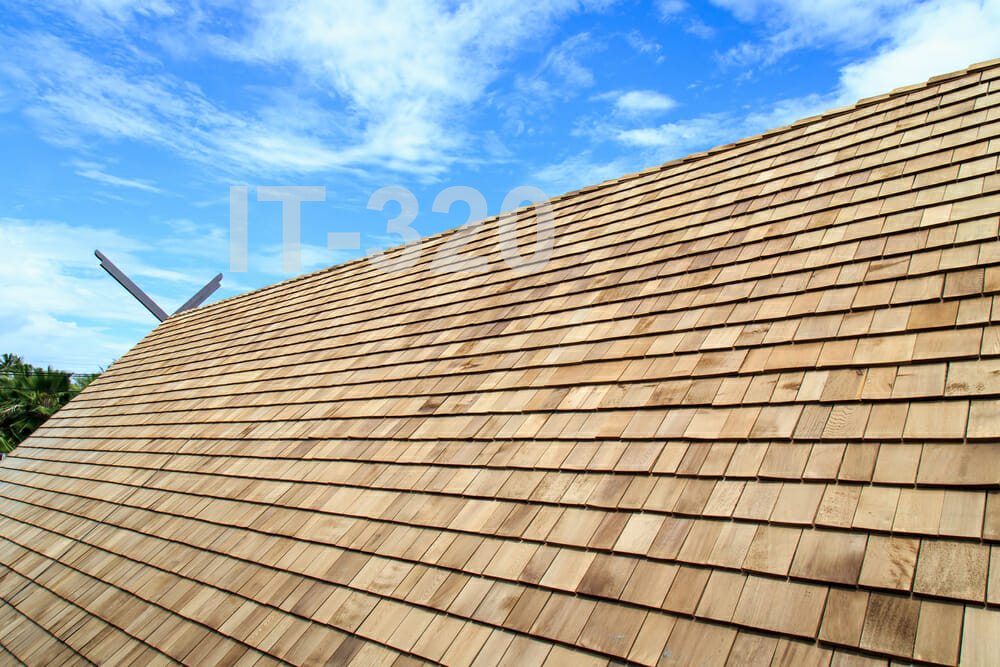Cedar Shingle Roof vs. Asphalt Shingle Roof: Benefits and Risks Compared
Cedar Shingles vs. Asphalt Shingles: Which Roof is Right for Your Home?
When it’s time to replace or install a new roof, homeowners often face a tough decision between natural cedar shingles and reliable asphalt shingles. Both options offer unique advantages and potential drawbacks, and the best choice depends on your goals, budget, and the climate where you live. This blog post will explore the key differences between cedar and asphalt shingle roofs to help you make a well-informed decision. Whether you’re prioritizing appearance, longevity, or maintenance, understanding these two materials is the first step toward a roof you’ll be happy with for years to come.

Durability and Lifespan
Cedar shingles are known for their strength and natural resistance to wind, insects, and moisture. With proper care, a cedar roof can last 30 to 40 years, sometimes even longer in dry climates. However, they can degrade faster in humid or rainy environments if not maintained properly.
Asphalt shingles typically last 20 to 30 years, depending on the quality and local weather conditions. While not as long-lasting as cedar, asphalt is still a durable option that provides solid protection, especially when installed correctly and maintained over time.
Cost and Affordability
Asphalt shingles are one of the most affordable roofing options available. The cost of materials and installation is typically lower than cedar, making it a popular choice for budget-conscious homeowners. Plus, their widespread availability helps keep prices competitive.
Cedar shingles are more expensive due to the natural material and the craftsmanship involved in installation. You’ll pay more up front, both for materials and labor, but some homeowners feel the added cost is worth it for the look and longevity. If budget is a key factor, asphalt may be the more practical option.
Maintenance and Upkeep
Cedar shingles require more maintenance than asphalt. They need to be regularly inspected, cleaned, and treated to prevent moss, mildew, and insect damage. In areas with high humidity or shade, cedar roofs are more prone to moisture-related issues and may need extra attention.
Asphalt shingles are easier to maintain and require less ongoing care. Most homeowners can get by with simple roof inspections and the occasional repair. If you’re looking for a low-maintenance option, asphalt shingles have a clear advantage.
Aesthetics and Curb Appeal
Cedar shingles offer a timeless, natural beauty that many homeowners love. They give your home a warm, rustic look and develop a silver-gray patina over time, which can add to their charm. Cedar is often chosen for upscale homes or to maintain a historical aesthetic.
Asphalt shingles come in a wide range of colors and styles, allowing homeowners to match almost any exterior. While they may not have the same natural appeal as cedar, modern asphalt shingles can mimic the look of wood or slate at a fraction of the cost. If customization is important to you, asphalt gives you more design flexibility.
Environmental Impact
Cedar shingles are a more eco-friendly roofing material. They’re biodegradable, made from renewable resources, and have a smaller carbon footprint during production compared to asphalt. If sustainably harvested, cedar can be a great choice for environmentally conscious homeowners.
Asphalt shingles are petroleum-based and contribute more to landfill waste. Some recycling programs do exist, but many old asphalt roofs still end up in landfills. If environmental impact is a top concern, cedar comes out ahead in terms of sustainability.
Fire Resistance
Asphalt shingles are generally more fire-resistant than untreated cedar. Most asphalt shingles meet Class A fire ratings, which is the highest available, giving homeowners peace of mind in areas prone to wildfires or lightning storms.
Cedar shingles, unless treated with a fire retardant, typically carry a lower fire resistance rating. However, fire-treated cedar shingles are available for areas with stricter fire codes. Always check local building regulations when choosing cedar in fire-prone regions.
Weight and Structural Considerations
Cedar shingles are heavier than asphalt and may require stronger roof framing or structural reinforcements, especially for older homes. This can add to the total cost and complexity of installation.
Asphalt shingles are lighter and can be installed on nearly any type of roof without special reinforcement. This makes them a more versatile choice for a wide range of home styles and structures.
Resale Value and Buyer Appeal
Cedar shingles can enhance your home’s curb appeal and may increase its resale value, particularly in upscale or historic neighborhoods. Buyers often appreciate the craftsmanship and aesthetic of cedar, especially if the roof is well maintained.
Asphalt shingles, while not as luxurious, are widely accepted and understood by most buyers. A newer asphalt roof in good condition can still be a strong selling point and gives potential buyers confidence in the home’s structural integrity.
Final Thoughts
Choosing between cedar and asphalt shingles comes down to your priorities. If you value natural beauty, eco-friendliness, and are willing to invest in regular maintenance, cedar shingles could be the right fit. On the other hand, if you’re looking for affordability, ease of installation, and minimal upkeep, asphalt shingles are a dependable choice.
At A1 Roofing, we work with both materials and can guide you through the pros and cons as they relate to your specific home. Contact us today to schedule a free consultation and find out which roofing option is best for your budget, style, and long-term goals.